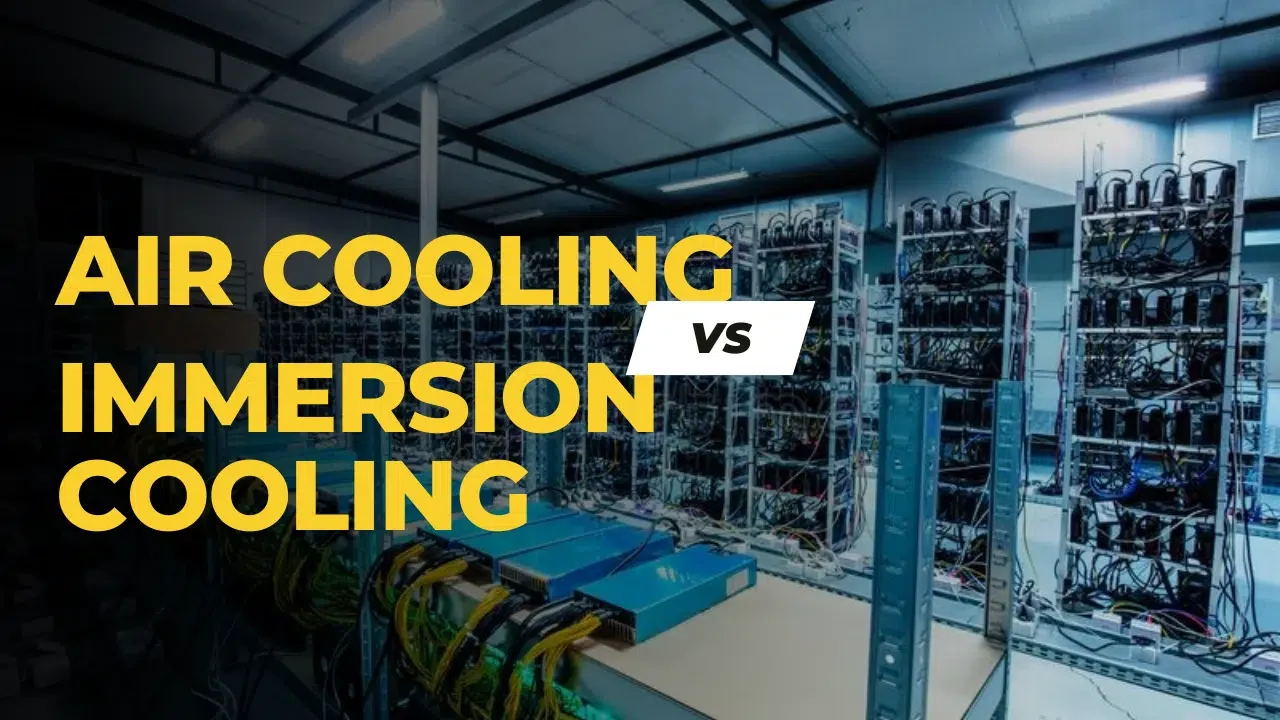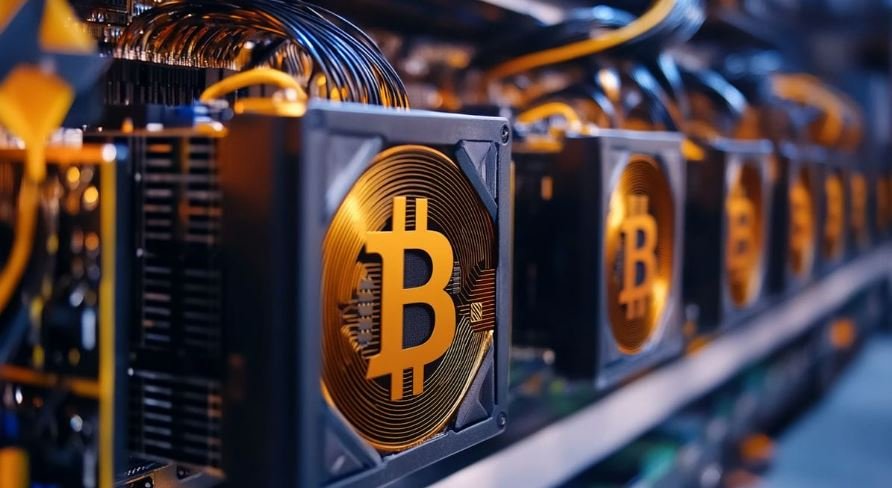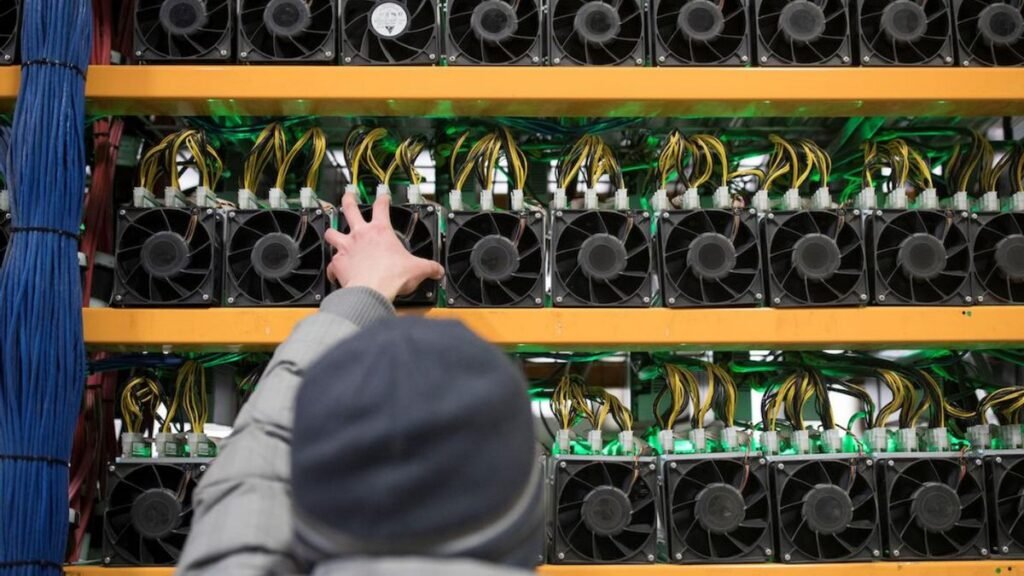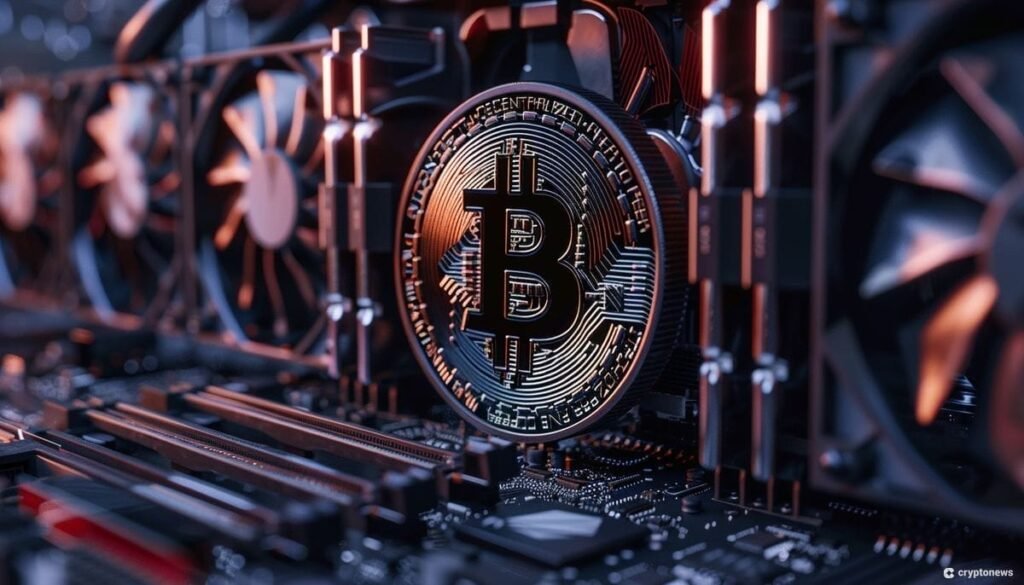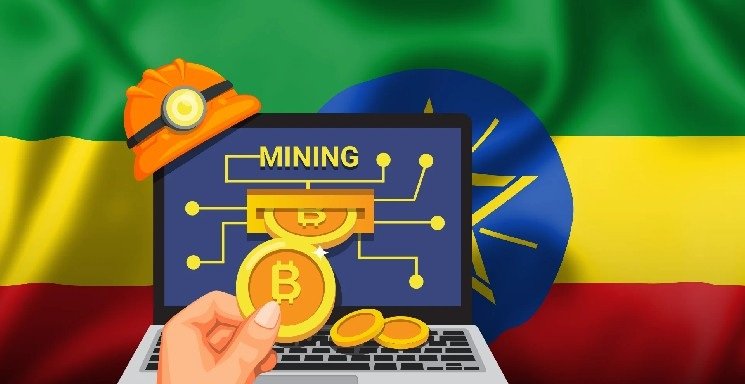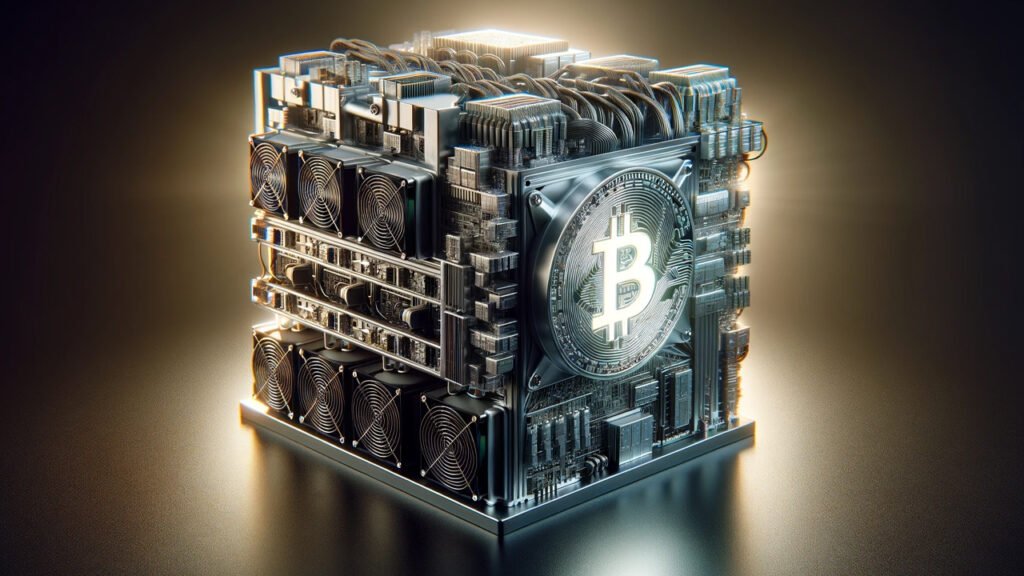Effective cooling isn’t just a technical detail—it’s a profitability multiplier. In mining, where every watt and every degree matters, choosing the right cooling system can make or break your long-term returns. Let’s explore the pros and cons of air cooling versus immersion cooling, and why it matters for miners in 2025.
Air Cooling: Simple, Cost-Effective, Yet Inefficient
Air cooling remains the most common cooling method, especially in smaller or beginner operations. It relies on built-in or external fans to circulate ambient air across mining hardware.
Advantages:
- Low setup cost and straightforward implementation.
- Easy to maintain, repair, and scale.
- Ideal for temperate environments or entry-level mining operations.
Drawbacks:
- Fans consume ~5% of total power, reducing overall energy efficiency.
- Fans and open-air setups lead to heat buildup and higher failure risk.
- Dust accumulation, noise, and wear increase maintenance needs.
Immersion Cooling: Cutting-Edge Efficiency with a Price
Immersion cooling involves submerging mining hardware in a dielectric (non-conductive) fluid that rapidly absorbs and dissipates heat.
Advantages:
- Superior thermal management, keeping ASICs at optimal temperatures.
- Eliminates fans—meaning reduced noise, dust protection, and longer hardware lifespan.
- Enhanced energy efficiency: saving up to ~5% from power draw by removing fans, plus reduced PUE (Power Usage Effectiveness) metrics.
- Enables safe overclocking to increase TH/s, potentially boosting earning capacity.
- Allows dense hardware deployment, making better use of your floor space.
Cons:
- Higher upfront cost—immersion infrastructure can be almost double that of air cooling due to specialized tanks, pumps, sensors, and heat-exchangers.
- Complex setup and maintenance, including fluid handling, leak prevention, and system monitoring.
- Less flexible—moving immersed miners is more labor-intensive and requires fluid draining.
A Direct Comparison
| Feature | Air Cooling | Immersion Cooling |
|---|---|---|
| Initial Cost | Lower (simpler infrastructure) | Higher (tanks, pumps, fluids, sensors) |
| Energy Efficiency | Moderate (fans consume ~5%) | High (better heat dissipation, power usage) |
| Noise & Dust | Noisy; dust accumulation concerns | Quiet; clean environment |
| Hardware Lifespan | Standard (heat, wear are concerns) | Extended (stable temps, less mechanical stress) |
| Setup Complexity | Easy and flexible | Complex and location-dependent |
| Suitable For | Hobbyists, small-scale setups | Industrial-level, high-density operations |
Real-World Perspective
Immersion cooling is gaining traction in advanced mining centers—like parts of Texas and the Middle East—where extreme conditions require ultra-efficient setups. But for entry-level or location-flexible operations, air cooling remains a practical, low-barrier option.
Why It Matters
Choosing the right cooling method affects everything from your daily energy spend to hardware longevity and overall ROI. While immersion offers long-term savings and efficiency, it demands commitment and infrastructure.
At Bitmern, we continue to monitor emerging cooling technologies and their impact on miner performance and profitability. If you’re scaling or optimizing, staying informed is the first step toward smart, sustainable operations.

